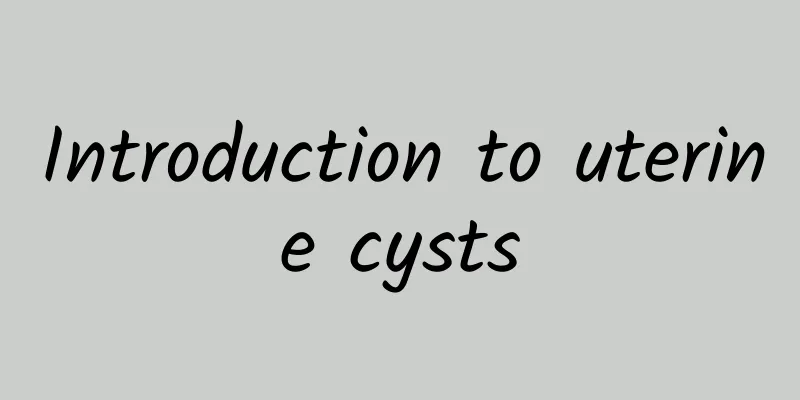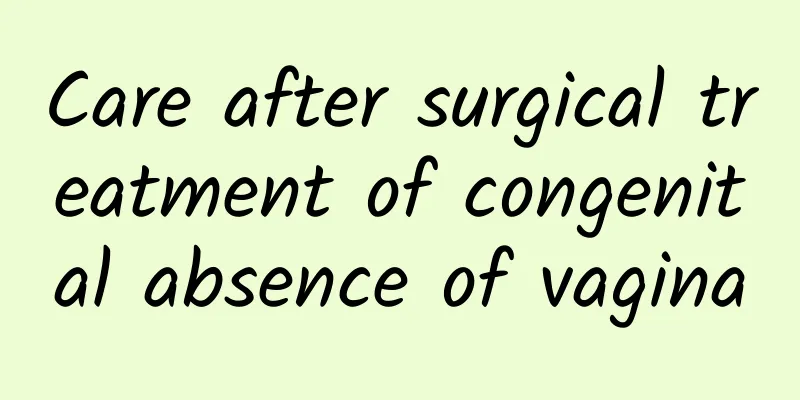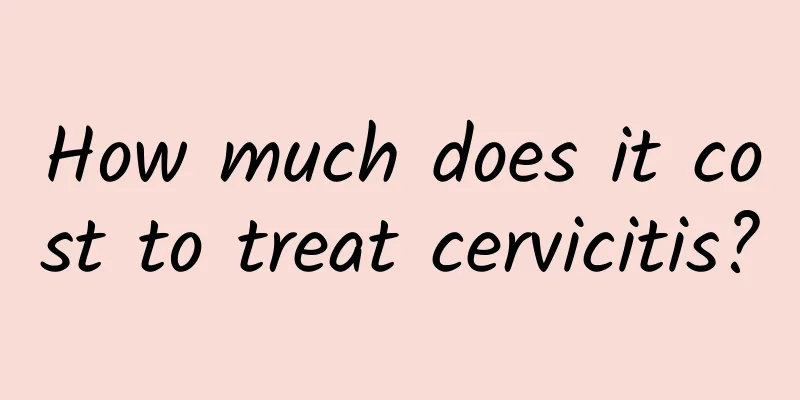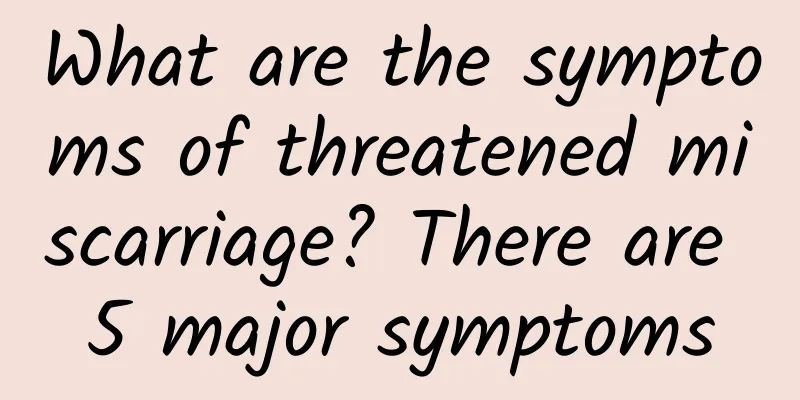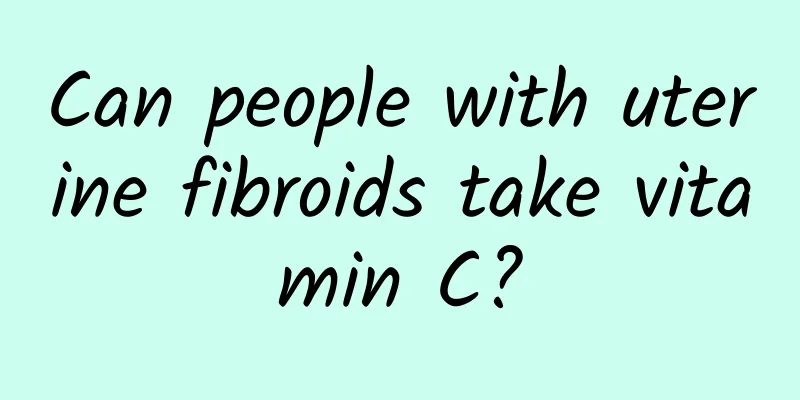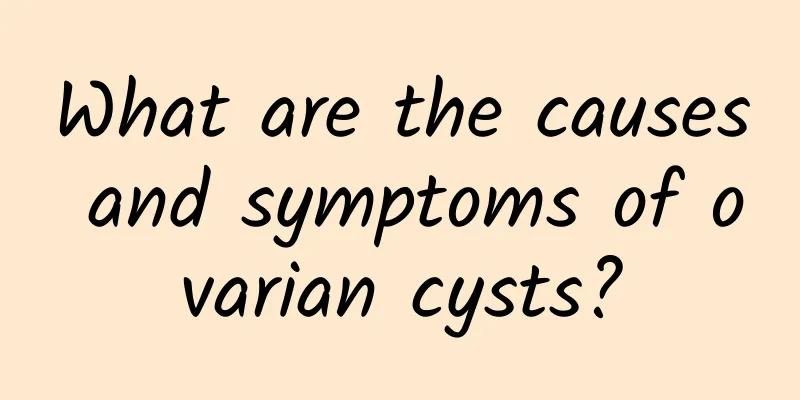What are the symptoms of polycystic ovary

|
Polycystic ovary is becoming more and more common. It is a serious gynecological disease. Many women are troubled and harmed by polycystic ovary. The disease affects the patient's menstrual cycle, induces menstrual disorders, amenorrhea and other adverse symptoms, affects life, and endangers health. Female friends should have a thorough understanding of the symptoms brought by this disease. Polycystic ovary is very common and is a particularly complex gynecological disease. More and more women have symptoms of polycystic ovary due to different reasons, which brings troubles to their lives and affects the menstrual cycle. In severe cases, ovulation may not occur. As a woman, you should pay attention to your health and clearly understand the symptoms of the disease. What are the symptoms of polycystic ovary? Polycystic ovary is a very serious disease that troubles many female patients. During the illness, it causes menstrual disorders and amenorrhea. For patients with long-term illness, it will affect ovulation and cause anovulation. It will also be accompanied by symptoms of hirsutism and obesity, and may even lead to infertility and bilateral ovarian enlargement with cystic changes. Some patients will experience the above symptoms at the same time, or only some of the symptoms will appear. Due to the occurrence of ovulation disorders, patients will become infertile, which seriously endangers the health of female friends. This disease is caused by dysfunction of the endocrine axis, which leads to pathological changes in the ovaries in the late stage of the disease. After the onset of the disease, it brings serious harm to the patient, easily affects the patient's appearance, and can also induce menstrual disorders, infertility, metabolic abnormalities, obesity, hirsutism and other symptoms. Female friends should pay attention to their health and guard against the occurrence of polycystic ovary. After the symptoms of the disease appear, they should actively start treatment. For patients with mild symptoms, drug treatment can be selected, but the treatment effect is particularly slow. If the patient's condition is too serious, surgical treatment should be considered to increase the cure rate of the disease. After we understand the relevant introduction, we have a clear understanding of the symptoms brought by polycystic ovary. It can be seen that the symptoms of this disease are extremely obvious and will affect the daily life of female friends. Every woman needs to pay attention to polycystic ovary, carefully understand the symptoms brought by the disease, and seek medical treatment as soon as possible when encountering related symptoms. |
<<: Bilateral polycystic ovaries?
>>: Why do you get ovarian chocolate cysts?
Recommend
How should patients with pelvic inflammatory disease eat?
Modern people advocate health preservation. Every...
Precautions for post-abortion care in winter
The temperature is lower in winter, and patients ...
What is the difference between missed miscarriage and artificial abortion? How to care for missed miscarriage and artificial abortion?
The difference between missed abortion and artifi...
Obesity is the culprit of polycystic ovary disease and can easily lead to infertility! Dr. Pan Junheng: Eat less of these high-cholesterol foods
Women with polycystic ovary syndrome often have p...
How to relieve menstrual pain
How to relieve menstrual pain? Dysmenorrhea is a ...
How long does it take to be discharged from the hospital after ectopic pregnancy surgery?
How long does it take to be discharged from the h...
Will a woman with congenital absence of uterus have menstruation?
People born without a uterus usually do not have ...
Why do uterine fibroids occur in early pregnancy? Causes of uterine fibroids in early pregnancy
Why do uterine fibroids occur in early pregnancy?...
Is ovarian cyst serious? What harm will ovarian cyst bring?
Are ovarian cysts serious? What harm can ovarian ...
What are the physical treatments for ovarian cysts?
What are the physical treatment methods for ovari...
How to regulate diet for endometrial tuberculosis
There are many reasons why women suffer from endo...
Expert introduction: What are the common causes of ectopic pregnancy?
According to experts, the most common causes of e...
How to check chronic adnexitis
Chronic adnexitis can be diagnosed through medica...
5 moves to move! Quick and effective weight loss
To successfully lose weight, in addition to adjus...
What are the dangers of congenital absence of vagina?
Congenital absence of vagina is a type of inferti...


